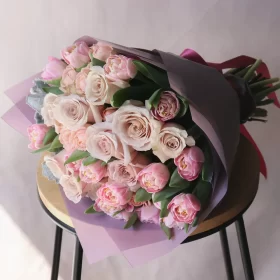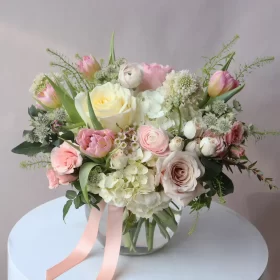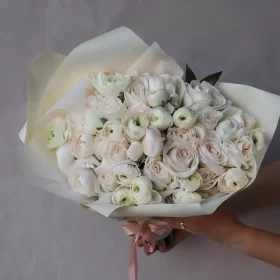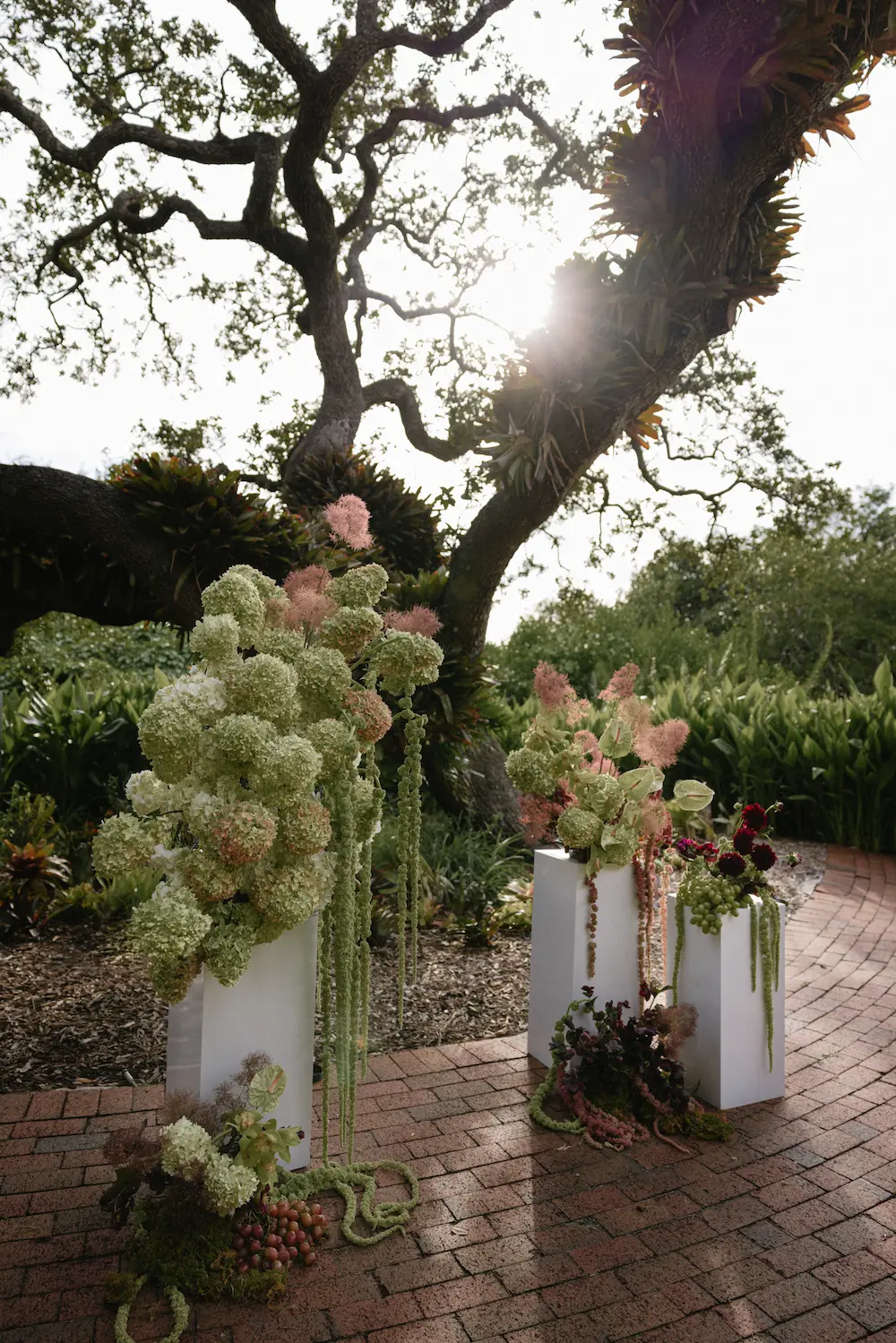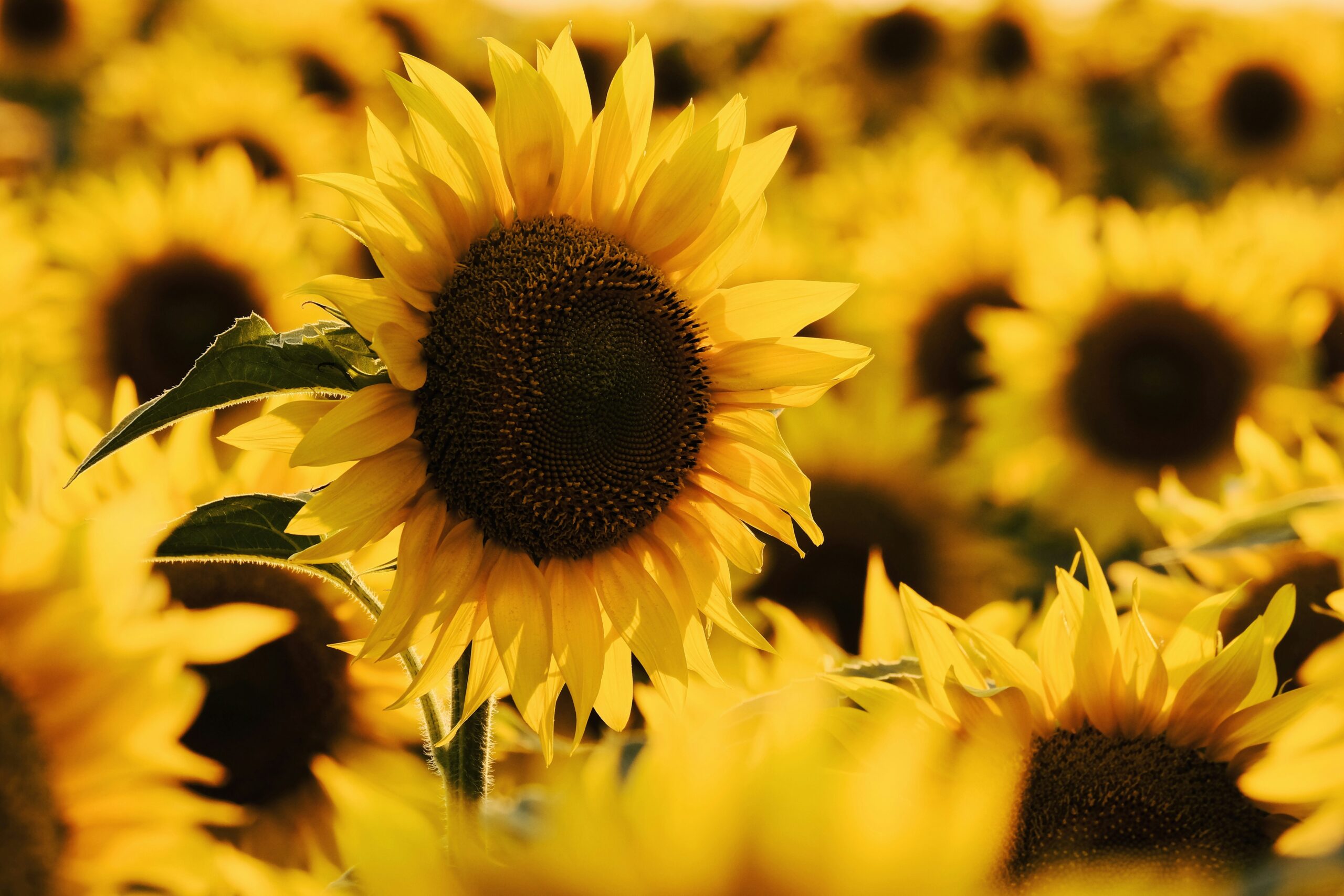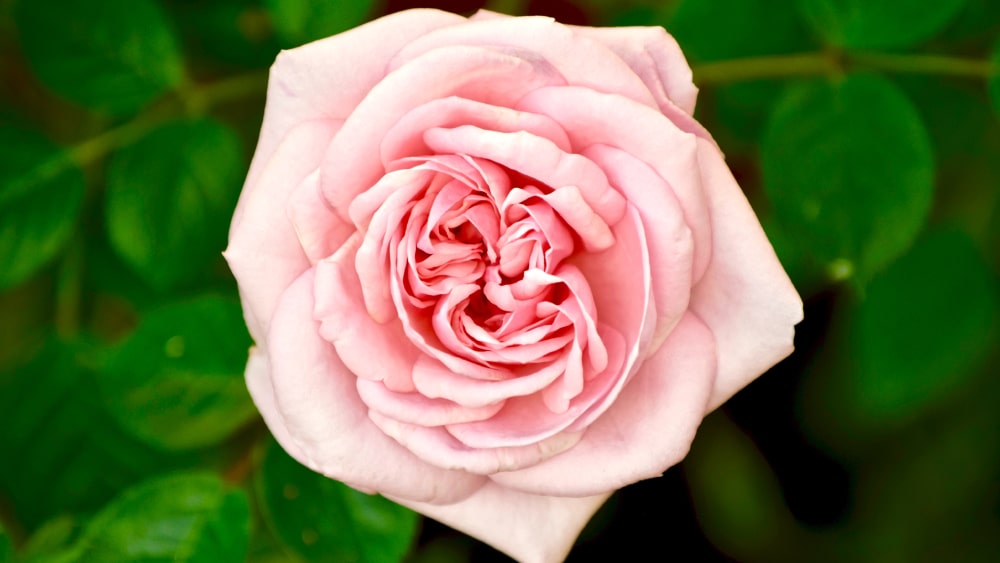
Roses, the quintessential symbol of love and beauty, have a blooming cycle that varies depending on their type and the climate in which they are grown. Most varieties of roses begin to bloom in late spring or early summer, once the weather starts to warm up. However, in warmer climates, some roses can bloom as early as late winter or early spring.
The blooming period for roses typically lasts for several weeks, although this can vary depending on the specific variety and the growing conditions. Some types of roses, such as hybrid teas, floribundas, and grandifloras, have been bred to have extended blooming periods and can continue to produce flowers throughout the summer and into the fall.
Stages of a Rose Blooming
The blooming process of a rose is a fascinating journey that unfolds in several stages:
Bud Stage: This is the initial stage of the blooming process, where the rose forms a bud at the end of a stem. The bud starts as a small, green nub and gradually grows and changes color as it prepares to bloom.
Opening Stage: As the bud matures, the outer petals begin to open and unfurl. This stage is often considered one of the most beautiful, as the rose slowly reveals its inner petals.
Blooming Stage: The rose reaches full bloom when all its petals have opened. This is when the rose is most fragrant and colorful.
Wilting Stage: After a few days to a week, the rose begins to wilt. The petals lose their vibrant color and start to fall off, and the rose prepares to return to a dormant state until the next blooming cycle.
Will Roses Rebloom?
Many varieties of roses, particularly modern hybrids, are repeat bloomers, meaning they will bloom several times throughout the growing season. After the first flush of blooms in late spring or early summer, these roses will continue to produce new flowers every six to eight weeks until the first frost.
To encourage reblooming, it’s important to properly care for your roses. This includes regular watering, feeding with a rose-specific fertilizer, and pruning dead or faded flowers. Known as deadheading, this process encourages the plant to produce new blooms rather than spending energy on seed production.
In conclusion, the blooming cycle of roses is a beautiful process that can provide color and fragrance to your garden for much of the year. Whether you’re considering ordering a bouquet of roses near me for a special occasion or planning to grow your own roses, understanding their blooming cycle can enhance your appreciation for these iconic flowers. And Blossmcart is offering same day delivery flowers, thats why you can enjoy the beauty of roses at any stage of their bloom.



